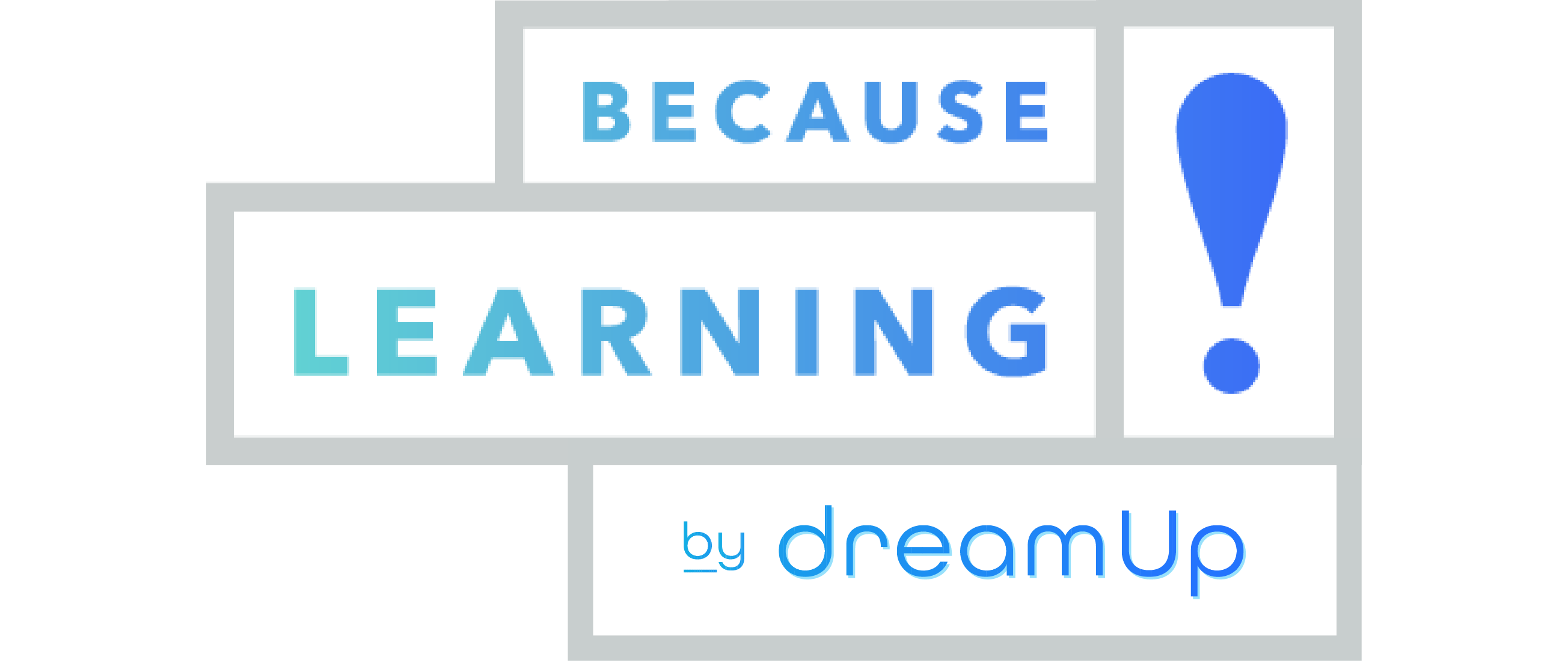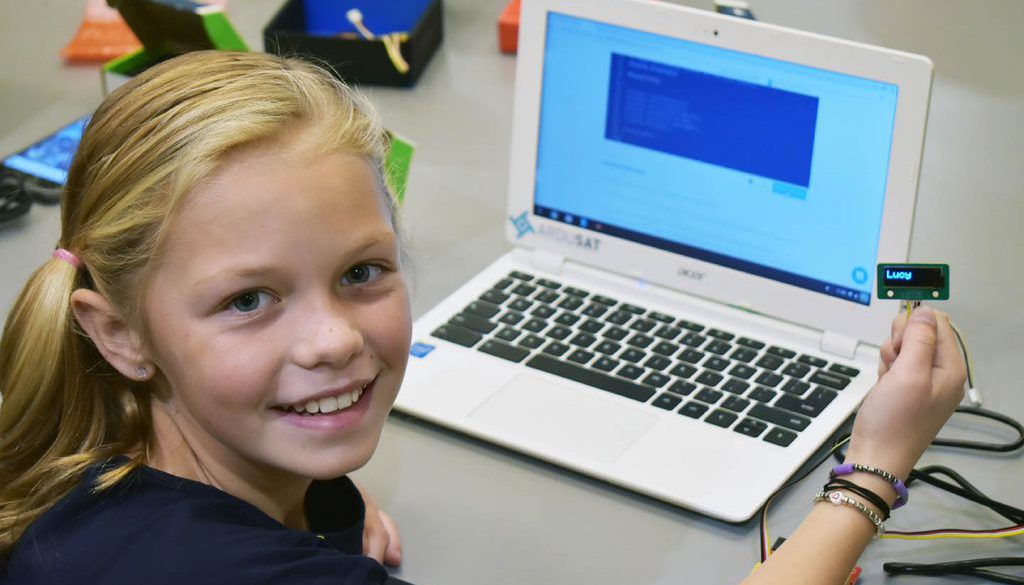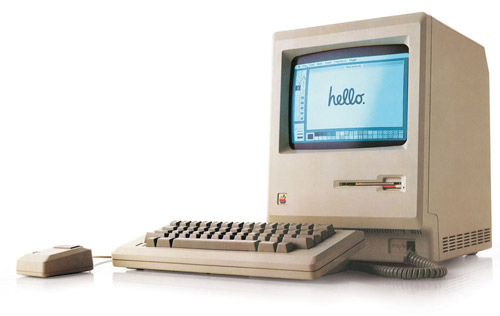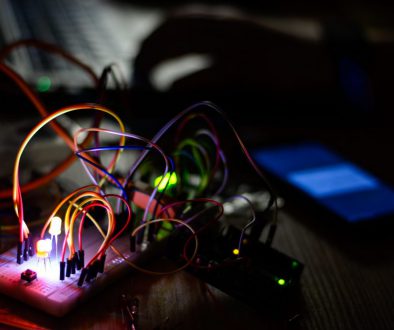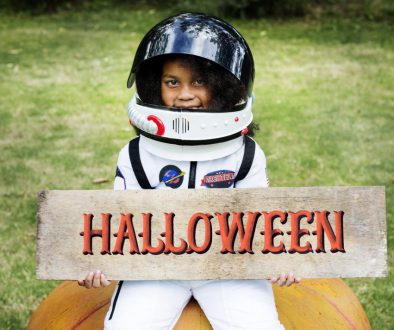Why “Hello World” Is The Perfect Launching Point For Coding
“Hello world.”
Two simple words, but to programmers and coders, they mean a lot more. They represent both the history of computing and the future of every aspiring coder. And to parents looking to give their children a bright future, these words are the key to the most important skills of the 21st century.
What is “Hello World?”
When learning virtually any programming language, one of the first lessons will be “Hello World!” This is creating a very simple program that outputs a line of text – in most cases, this text says something like, “Hello world”. Since the program is so simple to write, it’s an ideal way to introduce the basic rules of coding in a particular language. But it often immediately leads to more.
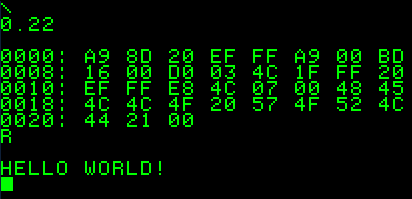
For programmers, the simple “Hello World” program isn’t just a few lines of code. It’s often their first entry point into the world of computers.
“Hey, look what I can make my computer say!”
“Awesome – what else can you make it write?”
“Let’s find out.”
This lesson in coding touches on a number of learning principles that make it uniquely rewarding.
First, there’s instant feedback. Did you write the code correctly? You’ll know right away when you hit “run program.”
It’s simple. It’s fun. And it’s approachable, even for new programmers. There’s no wonder nearly all coding lessons start with something like “Hello World.”
How Hello World Helps Students Love Learning

Teaching them to display favorite phrases and words provides instant feedback and a feeling of accomplishment. But it also does something even more important: it makes them feel excited to learn more.
This is where most parents find challenges. What’s the best way to introduce kids to the next step? How can they help their kids learn to experiment and play with coding? And how can turnt this play into the practical skills that will be essential for success?
My Own “Hello World” Story
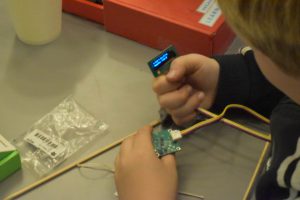
Soon, I was experimenting and coding like crazy. I learned how to write “IF-THEN” statements – another core programming function. I also learned why planning programs in advance mattered, how to use proper programming labels, and the importance of clean code.
The skills I learned experimenting with a simple “Hello World!” program eventually led me to learn HTML and other languages. Because I learned the fundamentals, adopting a new set of programming rules was relatively easy. I could compare how the “Hello World” program worked in one language and use it as a reference for new programming languages. “How does this work in HTML?” I could ask, then quickly discover similarities and differences.
The skills I learned in grade school in my spare time have certainly paid off. Throughout my entire career, my ability to learn coding has opened the door to promotions, awesome projects, and job security.
With as many benefits as a “Hello World” program gave me, do you think I’ll teach my own kids how to code?
Learning Hello World Can Pay Off
Top paying jobs are often in tech. Glassdoor’s list of the top 10 paying jobs in America shows just how important a coding foundation is. Here are the top jobs, with jobs that use coding in bold (average salary in parenthesis):
- Physician ($180,000)
- Lawyer ($144,500)
- Research & Development Manager ($142,120)
- Software Development Manager ($132,000)
- Pharmacy Manager ($130,000)
- Strategy Manager ($130,000)
- Software Architect ($128,250)
- Integrated Circuit Designer Engineer ($127,500)
- IT Manager ($120,000)
- Solutions Architect ($120,000)
Remarkably, six out of 10 top paying jobs use programming or coding to some degree. And each of them use critical thinking, problem solving, and computing – even physician and lawyer.
As more and more jobs use coding, we can expect even more benefits to come from learning programming at a young age.
Clearly, coding is a valuable skill that can set kids up for a lifetime of success. But Hello World isn’t the end of a young programmer’s journey. Instead, it’s just the start.
What Comes Next After Hello World?
Look to our Lessons on OLED displays for a perfect example. In the first lesson in the series, kids do the Hello World lesson. When they’ve successfully written that code, then tested it, they’re ready to move onto the next lesson.
We recommend Knock Knock Joke for the next lesson. A step up from Hello World, Knock Knock joke allows kids to enter their own knock knock joke and even customize the structure. When they do that lesson, they can play with the code and tinker to their hearts’ content.
(We’ve seen our own kids spend hours just setting up and telling knock knock jokes with their sensor kits!)
After learning how to use multi-line text, it’s time to move past words and onto shapes. OLED Shapes lesson teaches kids how to draw specific shapes and symbols using the display. This moves them from the principles of displaying anything on the display to creating drawings,.
As you can see, each of these lessons builds on each other. But it doesn’t end there. The concepts kids learn through these lessons benefit them throughout life as they learn new technologies, programming languages, and concepts.
What Will Be Your Child’s Hello World Moment?
Will they write a joke?
Will they create a game?
Or draw a shape?
What will your child do after making his or her first Hello World program?
If you’re looking for a perfect starting point to teach your child Hello World and other coding concepts, check out our Because Learning subscription. It’s a fun, engaging, and affordable way to bring monthly learning activities to your child.
